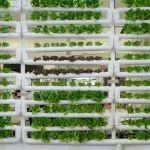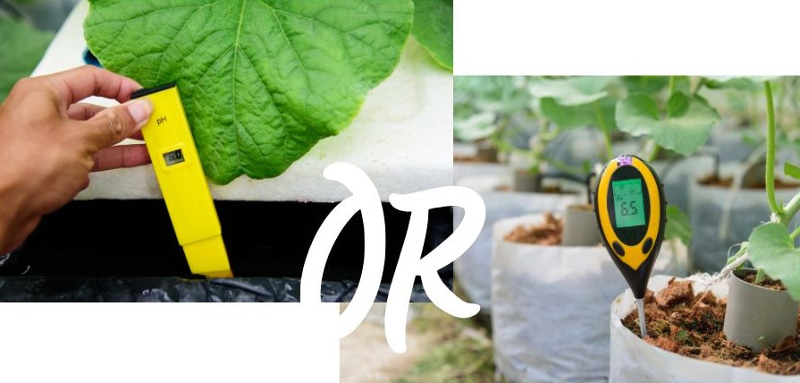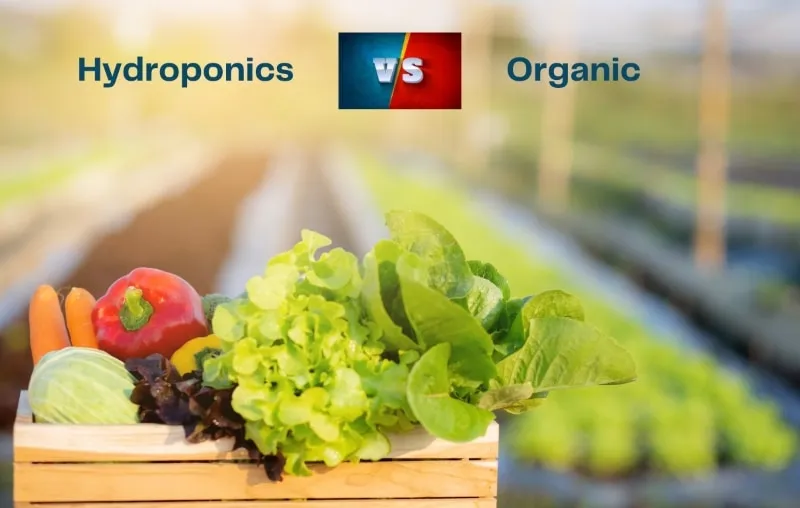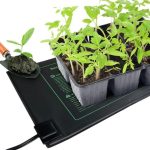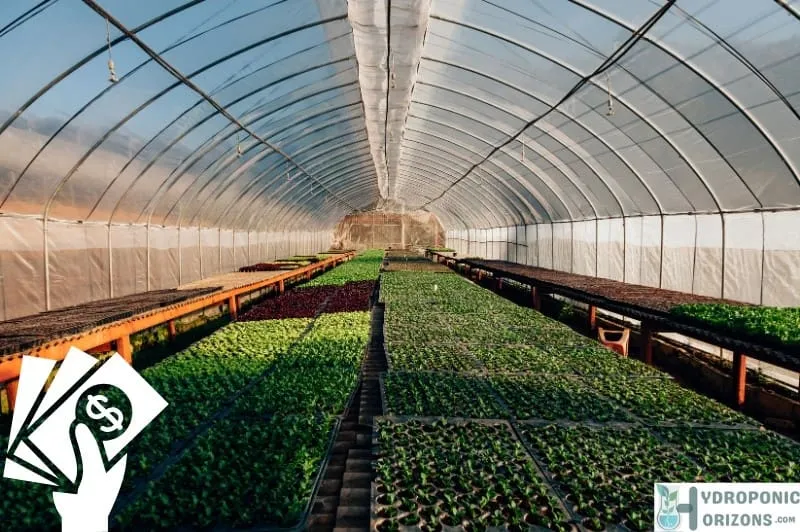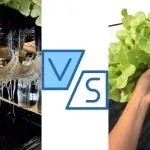Hydroponics has become increasingly popular over the years as a modern and innovative way of growing plants. But have you ever wondered where it all began? The history of hydroponics is a fascinating story that dates back thousands of years. Whether you’re a seasoned hydroponic hobbyist or a professional grower, understanding the origins of hydroponics can give you a greater appreciation for this unique method of growing of plants.
In this article, we’ll take a deep dive into the history of hydroponics, exploring its ancient roots and how it has evolved into the advanced system we know today. Get ready to discover the rich history behind this revolutionary way of growing plants!
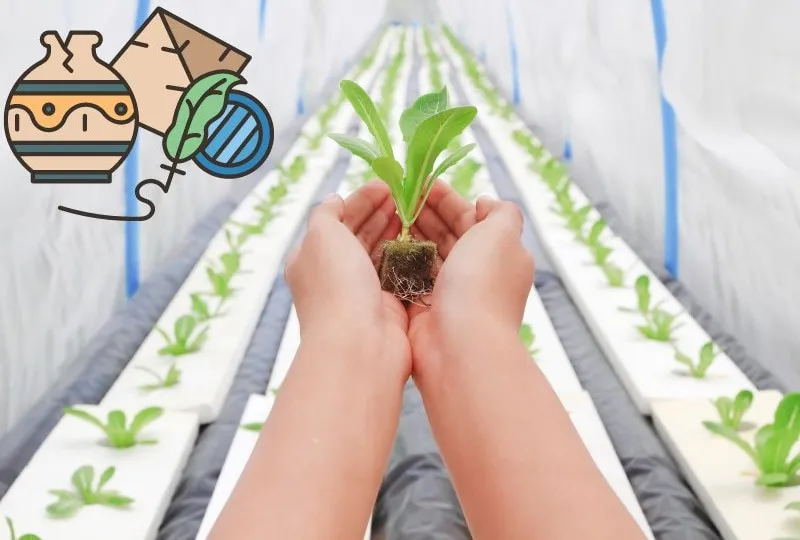
The origins of this innovative technique can be traced back to ancient civilizations such as the Babylonians and the Aztecs, where plants were grown in some form of water-based solutions. Over time, scientific advancements have refined hydroponics, making it more accessible for those interested in alternative methods of cultivation.
In the 19th century, German botanist Julius Sachs made significant strides in understanding the essential elements that plants need to survive, leading to the development of nutrient-rich water solutions for plant growth. It wasn’t until the early 20th century that Dr. William F. Gericke of the University of California popularized the concept of hydroponics as we know it today.
- How Long Has Hydroponics Been Around?
- Hydroponics History Timeline: Inventors and Pioneers
- Main Developments in Hydroponics from 1600s to 1800 C.E.
- Modern Hydroponics in the 19th Century
- 20th Century Developments: Who Came Up With the Word "Hydroponics"?
- When Did People Start Using Hydroponics: Evolution of Hydroponic Techniques in the 2000s
- Market Growth and The Future of Hydroponics
- FAQs
How Long Has Hydroponics Been Around?
Understanding the history of hydroponics can provide valuable insights and inspire modern enthusiasts. The early instances of hydroponic techniques date back thousands of years and spans various civilizations, including the Babylonians, Romans, the Ancient Far East, and the Aztecs.
600 BC: The Hanging Gardens of Babylon
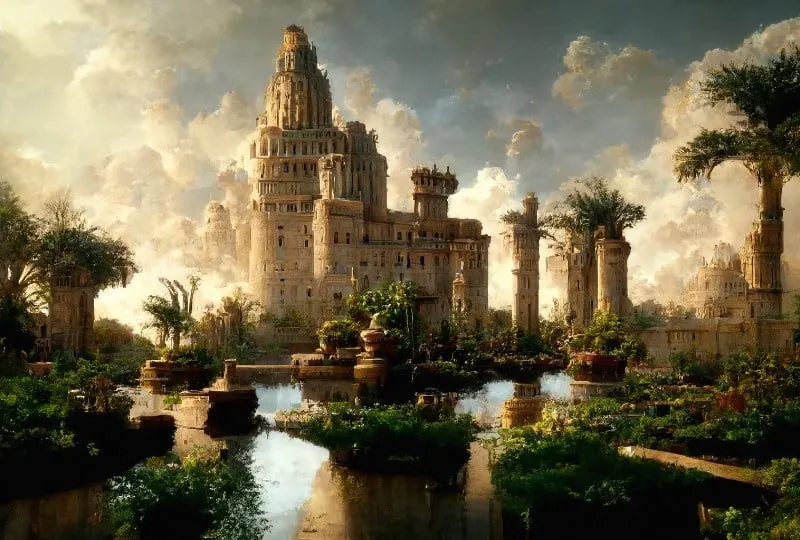
One of the earliest examples of hydroponic systems can be traced back to the Hanging Gardens of Babylon, dating around 600 BC. These gardens were thought to have grown plants in a nutrient-rich solution rather than soil, relying on the water’s properties to support the plants’ growth. Created by King Nebuchadnezzar II as a gift to his wife, this wonder of the ancient world consisted of intricate watering systems that supported the massive gardens and are still studied by scholars and archaeologists today.
Ancient Egypt
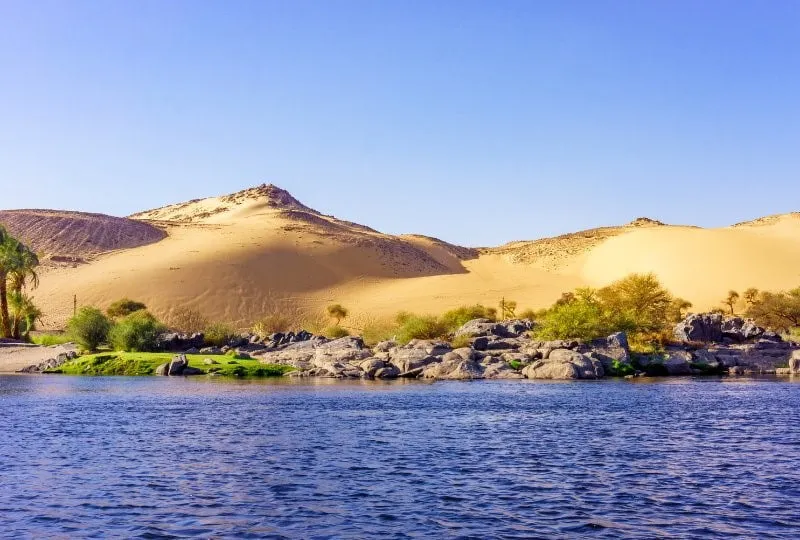
Gardens that were surrounded by walls behind Egyptian residences are shown in ancient Egyptian hieroglyphs. There were various ponds in the gardens, and that water was utilized to water the plants. At that time, plants probably had sand and soil as their media.
The fish in the ponds were raised by the garden owner, who also enjoyed fishing in his own backyard. Lotus flowers, which were eaten by the Egyptians, were grown in the ponds. This kind of farming is an extremely old instance of aquaculture water being utilized to grow food since the water used for the garden was fertilized by the fish. This straightforward method pioneered the use of aquaculture fluids in hydroponics.
30 AD: Roman Emperor Tiberius
During the reign of Roman Emperor Tiberius, hydroponics played a role in satisfying the ruler’s year-round cucumber cravings. His gardeners cultivated cucumbers in transparent containers filled with water and nutrients. This method allowed the plants to receive both light and nutrients necessary for growth and is reminiscent of modern hydroponic techniques.
1100-1400 CE: Aztec Floating Gardens
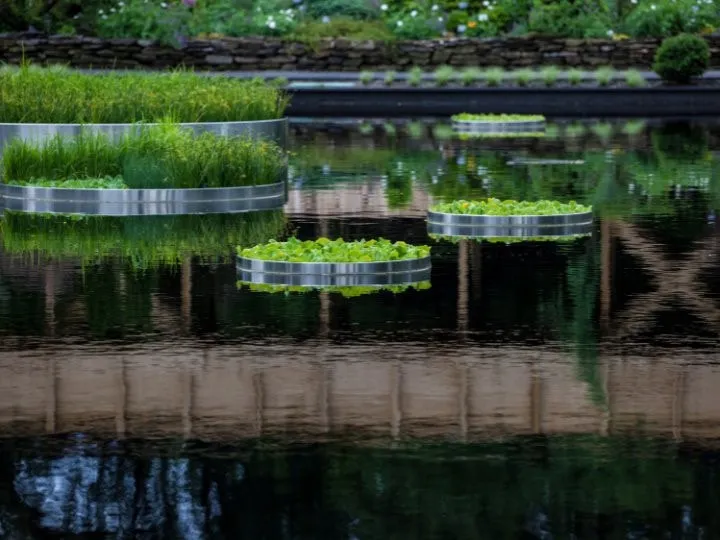
The Aztecs demonstrated an ingenious adaptation of hydroponics in their floating gardens. Around 1100 AD, they built floating platforms called “chinampas” that allowed them to grow crops over shallow lakebeds.
Later in the 14th century, they created the famous Floating Gardens of Tenochtitlan — a system that allowed them to grow crops on the marshy land surrounding their capital. The Aztecs built rafts with reeds and soil, planting crops on top. The roots would then grow through the soil and into the water below, allowing the plants to receive the necessary nutrients for growth, creating a productive and efficient wick system.
1200s: The Ancient Far East

In the 1200s, the practice of hydroponics was employed in the ancient far east to cultivate rice. Farmers would plant rice seeds in flooded fields. The water provided the necessary nutrients and acted as a soil substitute, allowing the rice plants to grow strong and healthy.
Marco Polo visited China in the 13th century. He authored a book on his encounters with local culture and customs and it was one of the earliest records of hydroponics in the ancient far east. He mentioned hydroponics in rice production and gardening and observed platforms with “floating gardens”. He saw rice growing in structured water systems that aerated and nourished the roots. These hydroponic technologies, also utilized for other crops and fish production, amazed him.
Hydroponics History Timeline: Inventors and Pioneers
The foundations of modern hydroponics can be credited to several inventors and pioneers who invented hydroponics or contributed to its development over time.
15th Century
Leonardo Da Vinci’s unpublished experiments.
1627
Sylva Sylvarum, a posthumous anthology of work by Sir Francis Bacon.
1648
5-Year Willow Tree Experiment by Sir Kenelm Digby.
1699
John Woodward Published Water Culture Experiments.
1842
Julius von Sachs and Wilhelm Knop listed nine essential elements required for plant growth.
1937
The word “hydroponics” was invented by Dr. William Frederick Gericke.
1940s
WWII military bases on Pacific islands grew hydroponic produce for troops.
1957
F. W. Went was the first to use the term “aeroponics”.
1965
The Nutrient Film Technique (NFT) was developed by Dr. Allen Cooper.
1982
Walt Disney World’s EPCOT Center showcases hydroponic gardens as the Gardens of Tomorrow.
Early 2000s
NASA conducted extensive research for its Controlled Ecological Life Support System.
2010s
USDA introduced organic certification for hydroponically grown produce.
2022
Bustanica opens in Dubai as the world’s largest vertical hydroponics farm.
15th Century: Unpublished Leonardo Da Vinci Experiments
Hydroponics has a rich history with roots that go back many centuries. One of the earliest known instances of hydroponics can be traced to the 15th century, during the Renaissance period. Leonardo da Vinci, an influential polymath, artist, and scientist, conducted various unpublished experiments with hydroponics.
Da Vinci was well known for his fascination with understanding the natural world and how it worked. Many of his studies and inventions focused on topics such as flow of water, plant growth, and various irrigation techniques. His observations of water dynamics led him to explore the idea of cultivating plants without soil, which can be attributed to his early exploration of hydroponics.

With no published accounts of his hydroponics experiments, information on Da Vinci’s studies is obtained primarily through his extensive collection of personal notebooks. These notebooks detail the various experiments he conducted while attempting to find the most effective methods for growing plants using different water delivery systems. Some of the key principles he explored included ensuring proper nutrient delivery, maintaining adequate water supply, and avoiding water stagnation to prevent plant diseases.
Da Vinci’s work in hydroponics laid the foundation for modern-day hydroponic systems, and his curiosity and creativity significantly influenced the growth of this innovative agricultural approach. Although his experiments were not officially documented in academic publications during his lifetime, they have greatly contributed to our understanding of hydroponics and its potential applications over the centuries.
Main Developments in Hydroponics from 1600s to 1800 C.E.
1627: First Hydroponics Publication – Sylva Sylvarum

The concept of hydroponics first gained recognition in the publication of Sylva Sylvarum, a posthumous anthology of work by Sir Francis Bacon. In this collection, Sir Bacon proposed the idea of growing plants with their roots submerged in a water-based nutrient solution, laying the foundation for hydroponic farming and research.
1648: The 5-Year Willow Tree Experiment
In 1648, a groundbreaking experiment was conducted by Sir Kenelm Digby, an English scientist and philosopher. Digby grew a willow tree in a concentrated mineral nutrient solution for five years and found that the tree substantially increased in weight despite the scarce quantity of soil in the container. This demonstrated the potential of water-based media for plant growth, further fueling interest in the development of hydroponics.
1699: John Woodward Published Water Culture Experiments with Spearmint
In the 17th century, Belgian scientist Jan van Helmont discovered that plants could grow in water without soil through a series of experiments. Following his work, English naturalist and scientist John Woodward conducted further studies in 1699 with a series of water culture experiments with spearmint plants. He found that spearmint grown in river water, enriched by mineral particles, performed significantly better than those grown in distilled water alone. This discovery highlighted the importance of dissolved minerals for successful plant growth, playing a vital role in understanding the requirements for modern hydroponic systems.
Throughout the 1600s and 1700s, these key developments and experiments contributed to our understanding of hydroponics and paved the way for further research and advancements in the field. Early pioneers like Sir Francis Bacon, Sir Kenelm Digby, and John Woodward demonstrated the concept of hydroponics and laid the foundation for what would eventually become a widely recognized farming technique.
Modern Hydroponics in the 19th Century
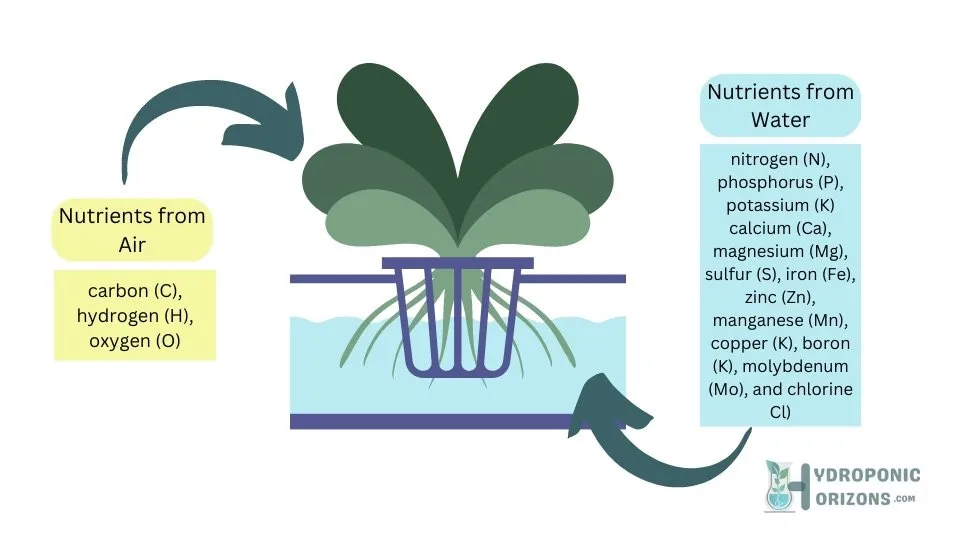
One of the key milestones in hydroponics history occurred when German scientists Julius von Sachs and Wilhelm Knop listed nine essential elements required for plant growth in 1842. Their work in soilless cultivation helped identify the necessary nutrients that plants need to survive without soil. This discovery would later pave the way for the development of hydroponics systems in the 20th century.
Their findings were significant because they helped to establish that plants can grow without soil as long as they are provided with the essential nutrients they need. Dennis Hoagland and Daniel Israel Arnon added five more nutrients to the list for the best results.
The developments made in the 19th century have led to the creation of modern-day hydroponics systems.
20th Century Developments: Who Came Up With the Word “Hydroponics”?
In 1937, the term “hydroponics” was first coined by Dr. William Frederick Gericke, a plant nutritionist at the University of California, Berkeley. The term combines the Greek words “hydros,” meaning water, and “ponos,” meaning labor. He popularized the idea that plants could be grown in a nutrient-rich water solution without the need for a soil source. He is also credited with demonstrating the modern concept of hydroponics in 1929 for the first time by successfully growing 25-foot high tomato vines in water.
In 1940, Gericke published his book “Complete Guide to Soilless Gardening,” in which he detailed his work on water culture and contributed to further popularizing hydroponics as a modern gardening method.

In conclusion, the invention of modern hydroponics can be attributed to the contributions of Julius Von Sachs, Wilhelm Knop, and Frederick Gericke.
The 1930s: Wake Island
Commercial hydroponics started to gain traction with the development of the first commercial operation on Wake Island in the Pacific Ocean. The island’s sandy soil did not have the necessary nutrients for plant growth, making hydroponics a viable alternative for growing crops.
The 1940s: WWII Military Bases
During World War II, hydroponics was utilized at military bases in the Pacific to provide fresh produce for troops. The technique allowed for successful local crop production, reducing the need for long, expensive supply lines.
1957: Aeroponics
In 1957, F. W. Went was the first to use the term “aeroponics” to describe the technique of growing plants with their roots floating in air and a nutrient mist applied to the root zone.
1965: Nutrient Film Technique (NFT)
The nutrient film technique (NFT) was developed in 1965 by Dr. Allen Cooper of England. This technique involves a thin film of hydroponic nutrient solution constantly flowing over plant roots. It is now one of the most common systems used in beginner hydroponics.
1976: General Hydroponics
General Hydroponics was founded in 1976 by Larry Brooke, a leading pioneer in hydroponic technology. The company became well-known for producing high-quality hydroponic equipment and nutrients, helping other growers adopt this innovative technique.
1982: EPCOT: Gardens of Tomorrow
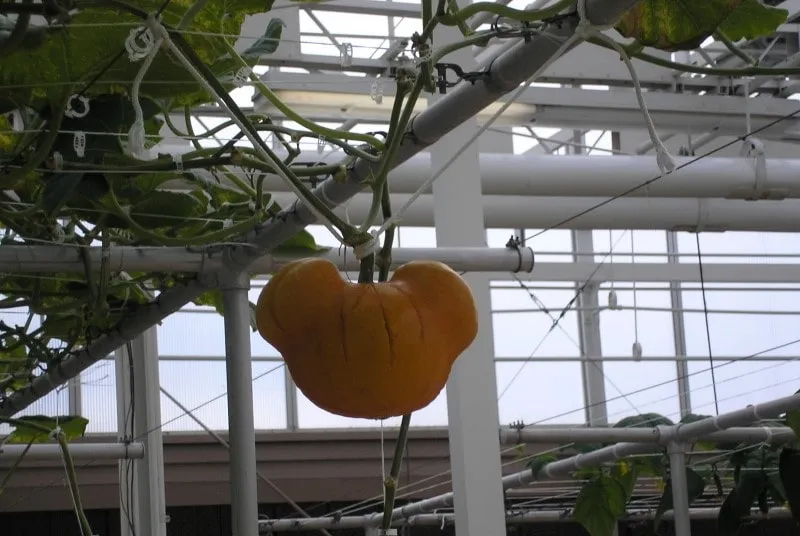
In 1982, the EPCOT Center at Walt Disney World opened with the Land Pavilion, showcasing hydroponic gardens as the Gardens of Tomorrow. This exhibit allowed visitors to see the potential of hydroponics as an efficient and sustainable method for growing plants without soil and depending on advanced technologies.
When Did People Start Using Hydroponics: Evolution of Hydroponic Techniques in the 2000s
After Gericke’s work, hydroponic methods were further developed by various researchers around the world. One such pioneer was Dr. Franco Massantini, an Italian scientist, who introduced the aeroponic method in which plant roots are suspended in a nutrient-rich mist spray.
Dutch researchers also contributed to advancements in hydroponic techniques, developing innovative ways to secure plants in hydroponic systems by using rockwool slabs and creating new ebb & flow and drip systems.
These various contributions have helped shape the field of hydroponics over time, making it more efficient and accessible for both commercial and amateur growers. Today, hydroponic systems can be found in homes, backyards, and greenhouses all over the world, allowing hobbyists and enthusiasts to grow plants without the need for soil.
NASA Experiments
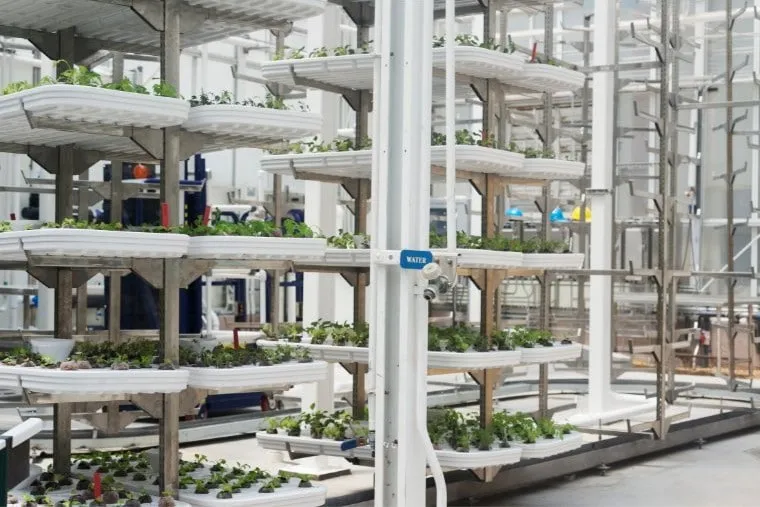
In the early 2000s, NASA conducted extensive research into hydroponic growing for its Controlled Ecological Life Support System (CELSS). Their experiments aimed to understand the potential of hydroponics in providing food for astronauts during long-duration space missions.
The 2010s: USDA Organic Certification
As hydroponic farming gained popularity in the 2010s, the USDA introduced organic certification for hydroponically grown produce. This reflects the growing interest in sustainable and eco-friendly agriculture, with hydroponics offering a viable alternative to traditional soil-based farming.
2018: Ikea’s VÄXER
In 2018, popular furniture retailer Ikea launched the VÄXER series, a hydroponic gardening system for home use designed to encourage sustainable living. This brought hydroponics into the mainstream, making it accessible to the wider public for the first time.
2019: World’s Largest Hydroponic Farms
In 2019, Europe’s largest hydroponic farm, a record-breaking 14,371 square meters facility, was built in Italy. This milestone showcases the tremendous potential of hydroponic methods for large-scale food production in the future. In 2022, the Emirates catering unit opened the world’s largest vertical hydroponic farm, “Bustanica“, in Dubai.
In-Store Hydroponic Farms
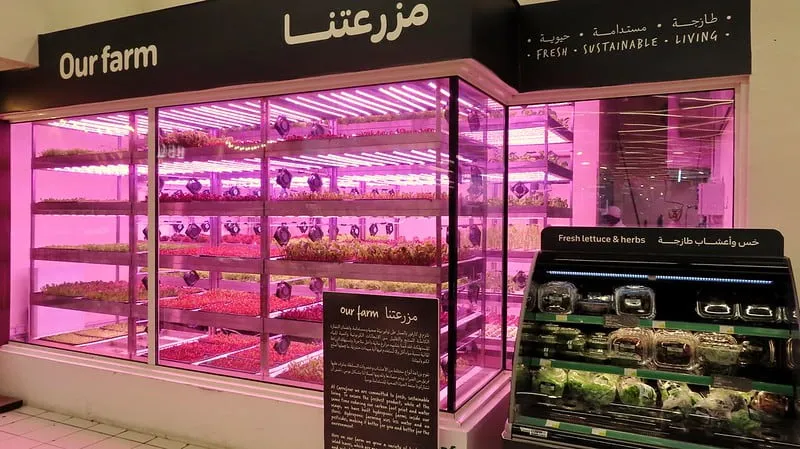
The end of the 2000s saw in-store hydroponic farms beginning to emerge in supermarkets around the world. By growing produce right in the store, these farms aim to reduce food miles, increase freshness, and promote environmental sustainability.
Market Growth and The Future of Hydroponics
The importance and use of hydroponics are increasing significantly, as this method of cultivation helps in protecting the environment and allows for higher crop yields as compared to traditional farming.
One of the critical factors that contribute to the future scope of hydroponics is its sustainability in supplying sufficient food for the growing population. Princeton University highlights that large-scale vertical farming practices in urban centers have the potential to accomplish this goal. In addition, hydroponics enables large tracts of land to revert to their natural landscape, restoring ecosystem functions and services.
Hydroponics is anticipated to emerge as the future of gardening, especially in urban settings where space is limited. According to Grand View Research, the global hydroponics market size was valued at USD 2.1 billion in 2020 and is expected to expand at a CAGR of 20.7% until 2028. According to Mordor Intelligence, the hydroponics market is projected to register a compound annual growth rate (CAGR) of 7.8% over the forecast period. This growth rate can be attributed to the increasing use of hydroponic systems for indoor farming of vegetables.
As for the future use of hydroponics, it is expected that technological advancements will continue to influence and shape this cultivation method. The development of hydroponic systems that compete with open-field agriculture on costs will further drive the growth of hydroponics in the future, as stated by Research and Markets.
Last but not least, future impacts of hydroponics include the efficient and safe utilization of organic waste to produce valuable nutrients for crops, which has already gained popularity among commercial vegetable producers. Hydroponics is well-positioned to revolutionize the way we cultivate plants and produce food, paving the way for a more sustainable and environmentally friendly future.
Related: Get a crash course and learn all about hydroponics from our guide.

